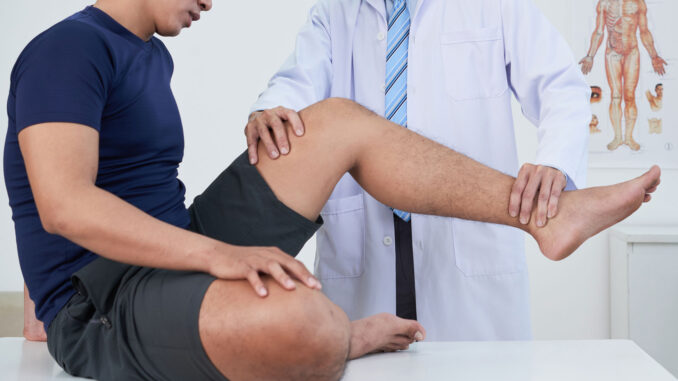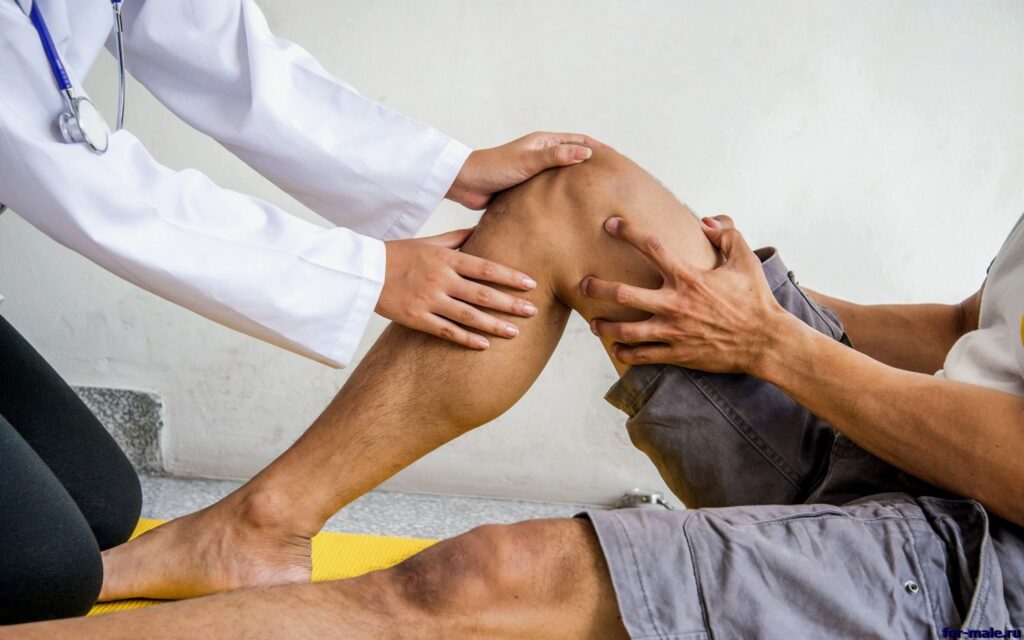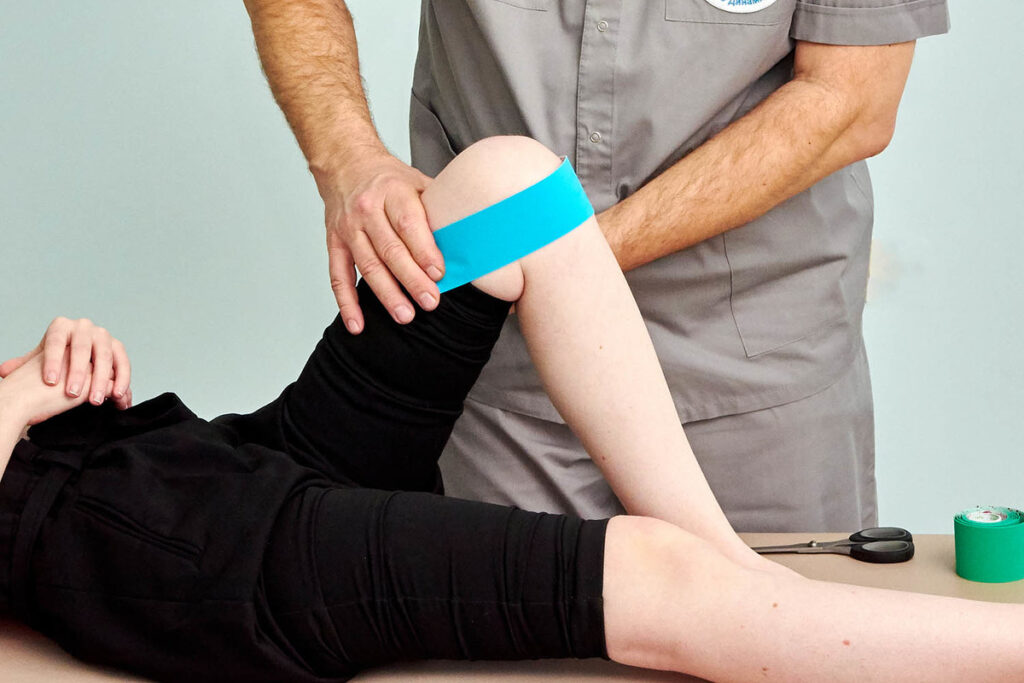
The first step in getting knee pain treatment is to consult your healthcare provider. You should seek treatment for knee pain if the symptoms interfere with your daily life. Knee pain can make it difficult to perform everyday tasks like walking or jogging. Many patients also experience difficulty falling or staying asleep because of the pain. Changes in color and shape can also indicate a serious problem. If the pain becomes constant, it may be an indication of infection.
If you are experiencing persistent knee pain, you should seek treatment as soon as possible. Although a mild case of pain can go away on its own, you should consult a medical professional as soon as possible to determine if the pain is serious. Some people are tempted to ignore the pain or accept it as a natural part of getting older, but knee pain is a sign that something is wrong. Knee pain treatment can restore normal function and prevent serious complications from occurring.
Seek Medical Attention for Knee Pain Treatment
If your knee pain is persistent or occurs despite rest and ice, you should seek medical attention immediately. You may have a bacterial infection that has spread to your knee. Cellulitis is a bacterial infection that can cause severe pain. This condition may spread to the thighbone or lymph nodes, which can lead to a severe infection. While it is unlikely to cause life-threatening problems, if left untreated, it can lead to further problems and even disability. Antibiotics are usually the only treatment recommended for cellulitis.

A doctor can diagnose your knee pain treatment through physical examination and symptoms. If you think that your knee pain is serious, your doctor may recommend stronger medications with potentially harmful side effects. They may recommend other treatments such as physiotherapy, talking therapies, and pain management programmes. A doctor can also perform a series of orthopedic injections or perform surgery. If physiotherapy does not help your pain, you may need surgery.
Test for Knee Pain Treatment
An MRI is another test your doctor can perform. This is used to assess the soft tissue of your knee and reveals any damage to these tissues. It is important not to place ice directly on the knee as it may increase the pain. It is also important not to put an ice bag on your knee directly. You may also wish to apply an ice bag to your knee but this could cause damage.
There are many other medical conditions that can cause knee pain. Among these are rheumatoid arthritis, gout, and septic arthritis. Septic arthritis affects the joint fluid and can result in significant damage to the cartilage. Your physician can prescribe antibiotics and drainage procedures to help with the pain. If you experience any of these symptoms, consult your doctor immediately.
Symptoms of Knee Pain
Bursitis is inflammation of the bursa, which is a small fluid-filled sac that cushions the joint. It occurs after a sudden blow to the front of the knee or prolonged kneeling without protection. Symptoms include swelling, warmth, and pain. You may also need physical therapy and/or corticosteroid injection. Your doctor may recommend splinting to reduce pain.
If swelling of the knee persists, then the injury is serious. Depending on the severity of the injury, swelling can indicate a fracture of the ACL or a patella. A doctor will want to see an X-ray to rule out a fracture. If the swelling is mild, braces may not be necessary. If you don’t feel any pain or swelling, consult a sports medicine physician.

Degenerative Disease of the Knee
Osteoarthritis (OA) is a degenerative disease of the knee that affects the cartilage. As cartilage wears down, there is less space between bones, leading to swelling and chronic pain. Untreated OA can cause bone to rub against bone, causing a “bowling-like” deformity. Osteoarthritis of the knee is a treatable condition and can be treated, but there is no guarantee that it will go away.
Some simple knee pain can resolve on its own. However, if the pain persists or is caused by an accident, you should seek medical attention. Initially, you should avoid any activities that cause pain, such as walking down a hill. Taking ice packs or a wet tea towel will relieve the pain, while applying a compress over the ice pack should reduce swelling.
Final Thoughts
In addition to overuse injuries, knee pain can also be caused by a torn ligament or sudden injury. A ligament tear is the most common major cause of knee pain. Without surgery, 80 percent of people who sustain an ACL tear will experience secondary problems. To prevent further damage and discomfort, knee specialists often recommend ACL reconstruction surgery. When this condition persists, your doctor will suggest a knee-reconstruction surgery.
Leave a Reply